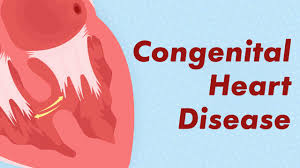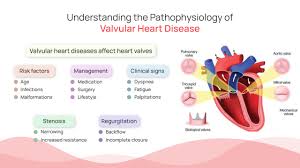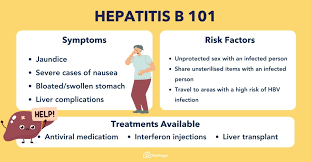
Table of Contents
Tuberculosis, commonly known as TB, is an infectious disease that has been around for centuries. Many people think TB no longer exists, but the truth is, it still affects millions every year. It spreads silently and can damage the lungs and other organs if not treated early.
Causes/Risk Factors
TB is caused by a bacterium called Mycobacterium tuberculosis. It spreads through tiny droplets released when a person with active TB coughs, sneezes, or even talks. People living in crowded or poorly ventilated spaces are more likely to catch it. Those with weak immune systems, such as HIV patients, malnourished individuals, or people with chronic illnesses, are at higher risk of developing active TB once infected.
Symptoms/Signs
The most common sign of TB is a persistent cough that lasts more than two weeks. This cough may sometimes bring up blood. Other warning signs include fever, night sweats, chest pain, and unexplained weight loss. Because the symptoms develop slowly, many people ignore them, which allows the disease to spread further.
| Myths | Facts |
|---|---|
| TB spreads by touching or sharing utensils. | TB spreads only through the air when an infected person coughs or sneezes. |
| Only poor people get TB. | TB can affect anyone, regardless of wealth or status. |
| TB is always fatal. | TB is curable with timely diagnosis and proper treatment. |
| If symptoms reduce, medicines can be stopped. | Stopping treatment early causes drug-resistant TB, which is harder to cure. |
📌 Case Study / Real-Life Example
In India, which accounts for nearly 28% of global TB cases, a community in Mumbai saw a rise in TB due to overcrowded housing and poor ventilation. In 2022, local health workers launched an awareness drive encouraging people with coughs lasting over 2 weeks to get tested. Early diagnosis, combined with DOTS treatment, reduced TB cases by 30% in just one year, proving the power of awareness and strict medication adherence.
Prevention/Awareness Tips
Preventing TB starts with awareness. Anyone with a long-lasting cough should get tested immediately. Covering the mouth while coughing or sneezing helps stop the spread. Infants are usually given the BCG vaccine to reduce the risk of severe TB in childhood. Improving ventilation in homes, workplaces, and public areas also reduces the chances of infection.
| ✅ Dos | ❌ Don’ts |
|---|---|
| Take TB medicines regularly as prescribed. | Don’t skip or stop medicines midway. |
| Eat a nutritious diet (protein, fruits, vegetables). | Don’t smoke or consume alcohol. |
| Sleep in well-ventilated rooms. | Don’t hide your condition due to stigma. |
| Cover your mouth when coughing. | Don’t spit in public places. |
| Encourage others to get tested if exposed. | Don’t self-medicate without a doctor’s advice. |
Treatment/Cure
The good news is TB is curable. The treatment involves a strict course of antibiotics taken for 6–9 months. It is extremely important to complete the full treatment even if symptoms disappear; otherwise, the bacteria can become drug-resistant, making it much harder to cure. Governments in many countries provide free TB medicines and support programs to ensure patients can complete treatment.
Conclusion
TB may still be around us, but it is no longer unbeatable. With early testing, proper treatment, and community awareness, we can reduce its spread and save lives. Never ignore a cough that refuses to go away.
Frequently Asked Questions (FAQs)
Q1. Is TB contagious?
👉 Yes, TB spreads through the air when a person with active TB coughs or sneezes.
Q2. Can TB be completely cured?
👉 Yes, with proper medication taken regularly for 6 months or more, TB can be cured.
Q3. What is MDR-TB?
👉 MDR-TB (Multi-Drug Resistant TB) is a form of TB where bacteria stop responding to common drugs due to incomplete or wrong treatment.
Q4. Who is more at risk of TB?
👉 People with weak immunity (HIV patients, diabetics, and malnourished individuals), smokers, and those living in crowded places.
Q5. Can I stop TB medicines if I feel better?
👉 No. Stopping early can lead to drug-resistant TB, which is much harder to treat.



2 thoughts on “Tuberculosis (TB)—Symptoms, Causes, Prevention and Treatment”